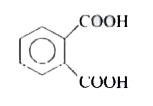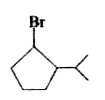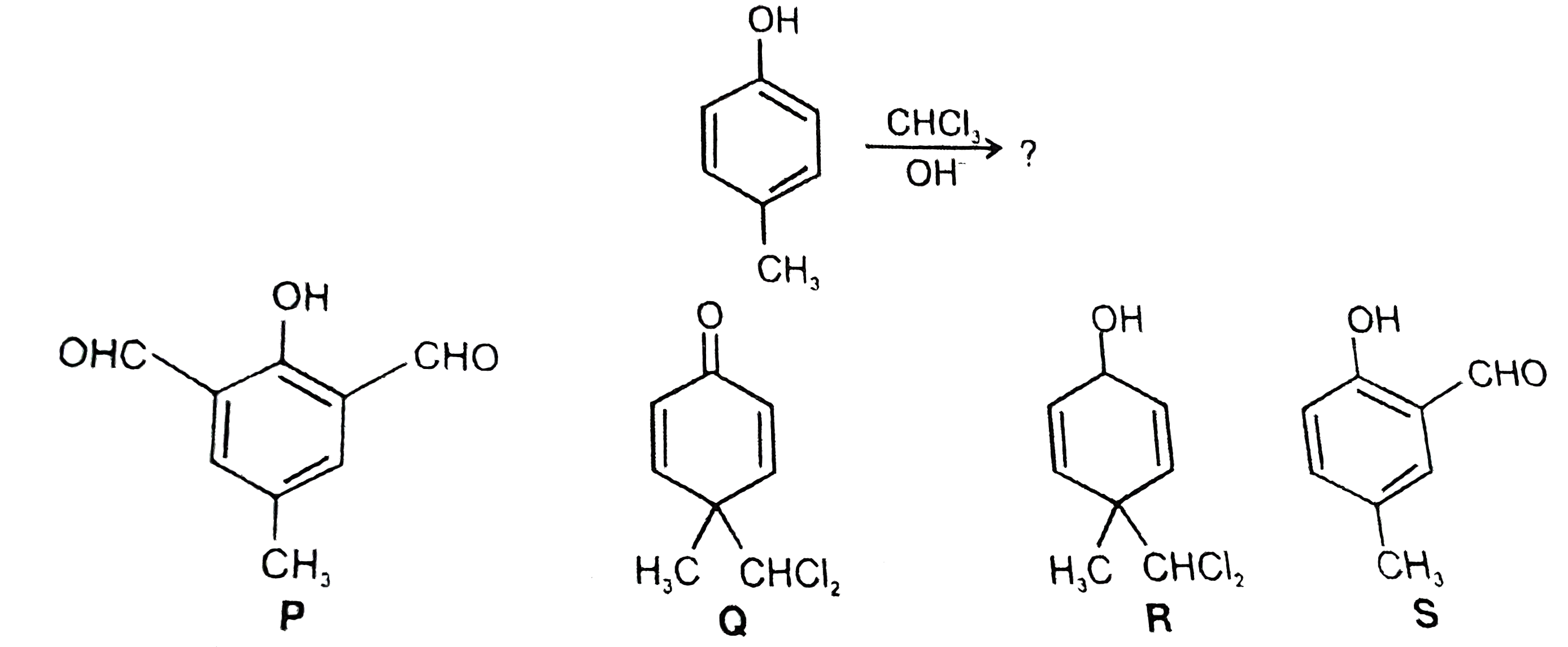The enzymes of which of the following juice acts on the end products of reactions to form simple absorbable forms?
Pancreatic juice
Succus entericus
Saliva
Bile juice
The correct Answer is:B
To answer the question regarding which juice's enzymes act on the end products of reactions to form simple absorbable forms, we can follow these steps:
1. Identify the Juices: The question refers to different digestive juices, primarily pancreatic juice, saliva, bile juice, and succus entericus.
2. Understand the Role of Pancreatic Juice:
- Pancreatic juice contains enzymes like trypsin, chymotrypsin, amylase, and lipases.
- These enzymes act on proteins, starches, and fats, breaking them down into smaller components such as dipeptides, disaccharides, and monoglycerides.
3. Analyze Saliva:
- Saliva contains salivary amylase, which acts on starch, but starch is not an end product; it is a polysaccharide.
4. Examine Bile Juice:
- Bile juice is involved in the emulsification of fats but does not contain enzymes that act on end products. It helps in fat digestion by breaking down large fat globules into smaller ones.
5. Focus on Succus Entericus:
- Succus entericus (intestinal juice) contains enzymes that act on the end products formed by pancreatic juice. For instance, it acts on dipeptides to form amino acids, disaccharides to form monosaccharides, and nucleotides to form nucleosides.
6. Conclusion:
- The enzymes of succus entericus specifically act on the end products of the reactions initiated by pancreatic juice, converting them into simple absorbable forms.
Final Answer:
The enzymes of succus entericus act on the end products of reactions to form simple absorbable forms.
---
- Pancreatic juice contains enzymes like trypsin, chymotrypsin, amylase, and lipases.
- These enzymes act on proteins, starches, and fats, breaking them down into smaller components such as dipeptides, disaccharides, and monoglycerides.
- Saliva contains salivary amylase, which acts on starch, but starch is not an end product; it is a polysaccharide.
- Bile juice is involved in the emulsification of fats but does not contain enzymes that act on end products. It helps in fat digestion by breaking down large fat globules into smaller ones.
- Succus entericus (intestinal juice) contains enzymes that act on the end products formed by pancreatic juice. For instance, it acts on dipeptides to form amino acids, disaccharides to form monosaccharides, and nucleotides to form nucleosides.
- The enzymes of succus entericus specifically act on the end products of the reactions initiated by pancreatic juice, converting them into simple absorbable forms.
The enzymes of succus entericus act on the end products of reactions to form simple absorbable forms.
Topper's Solved these Questions
- DIGESTION AND ABSORPTION BOOK - AAKASH INSTITUTE ENGLISHCHAPTER - DIGESTION AND ABSORPTION EXERCISE - Assignment (SECTION-A )
30 Videos
- DIGESTION AND ABSORPTION BOOK - AAKASH INSTITUTE ENGLISHCHAPTER - DIGESTION AND ABSORPTION EXERCISE - Assignment (SECTION-B )
33 Videos
- DIGESTION AND ABSORPTION BOOK - AAKASH INSTITUTE ENGLISHCHAPTER - DIGESTION AND ABSORPTION EXERCISE - Try Yourself
38 Videos
- CHEMICAL COORDINATION AND INTEGRATIONBOOK - AAKASH INSTITUTE ENGLISHCHAPTER - CHEMICAL COORDINATION AND INTEGRATIONEXERCISE - ASSIGNMENT (SECTION-D)
10 Videos
- ECOSYSTEMBOOK - AAKASH INSTITUTE ENGLISHCHAPTER - ECOSYSTEMEXERCISE - Section - D (Assertion - Reasion Type questions)
15 Videos
Similar Questions
Knowledge Check
In which of the following reactions product formed is same ?
 A(i) and (ii)B(ii) and (iii)C(i) and (iii)D(i), (ii) and (iii)
A(i) and (ii)B(ii) and (iii)C(i) and (iii)D(i), (ii) and (iii)In the following reaction the major product formed is:
 A
A B
B C
C D
D
Which of the following products is not formed in following reaction?
 A
A B
B C
C D
D
Complete the following reactions and form the products.

View SolutionIn which fo the following reaction the product formed by anti markonikoff rule is observed:
View SolutionIn which of the following reaction the single product formed is not the saytzeff's product
View Solution
which of the following products is not formed in above reaction : products are
View SolutionIn which ofthe following reaction resonance stabilized product will form ?
View Solution

